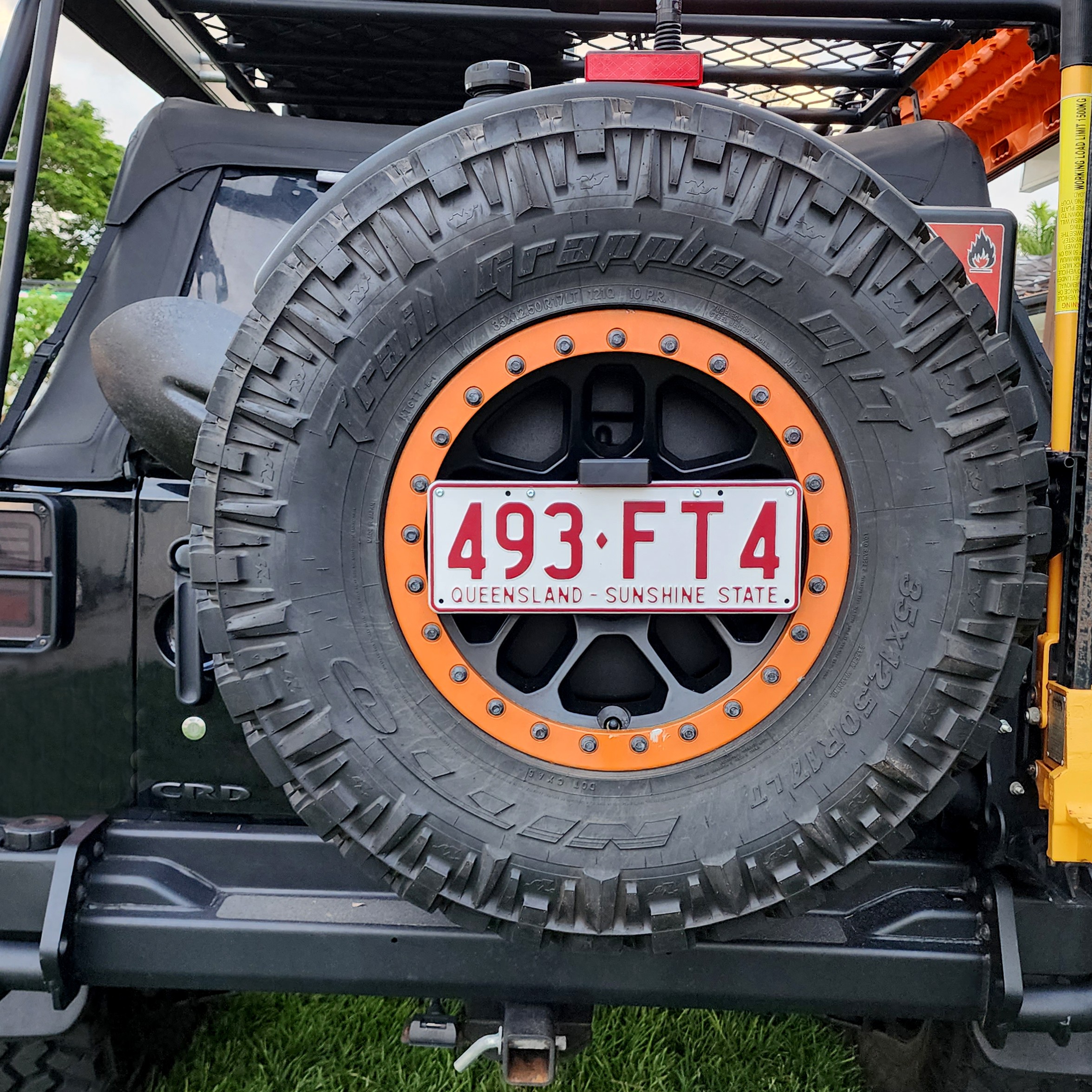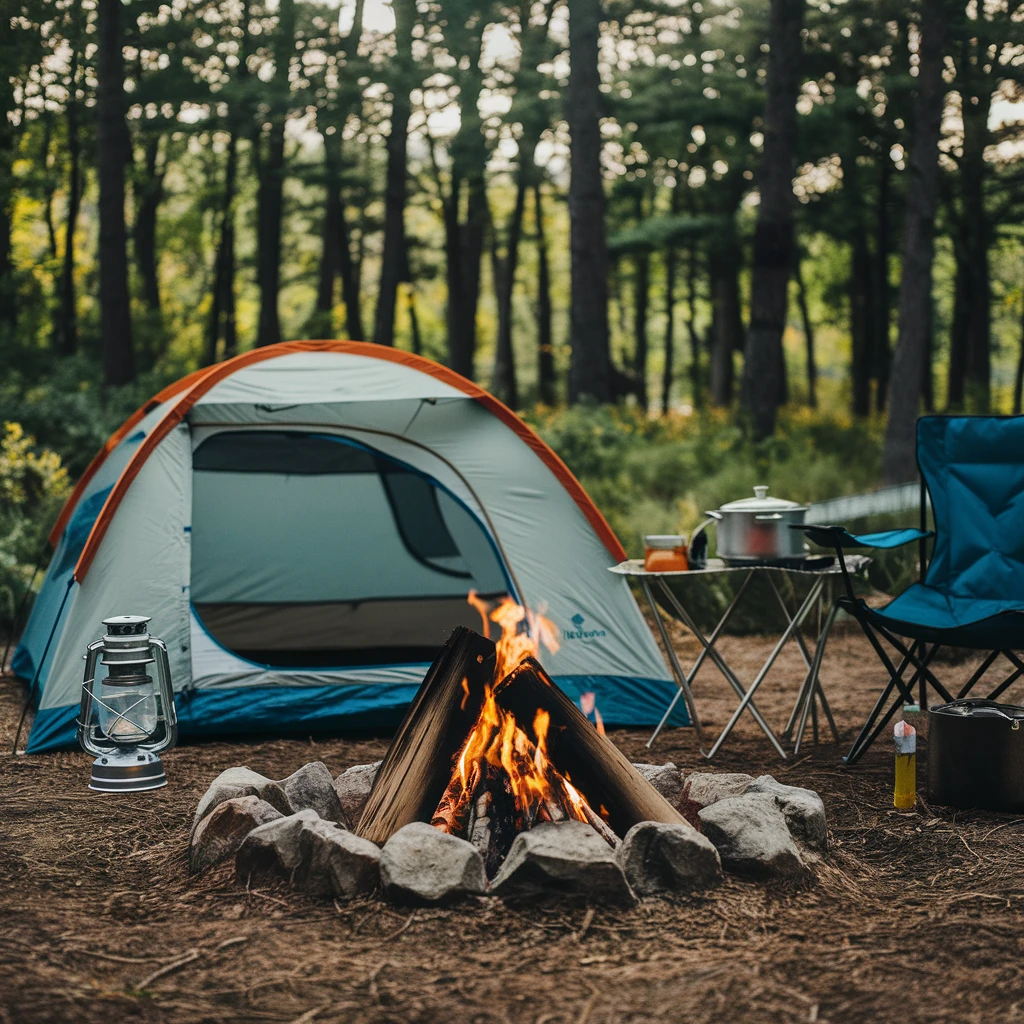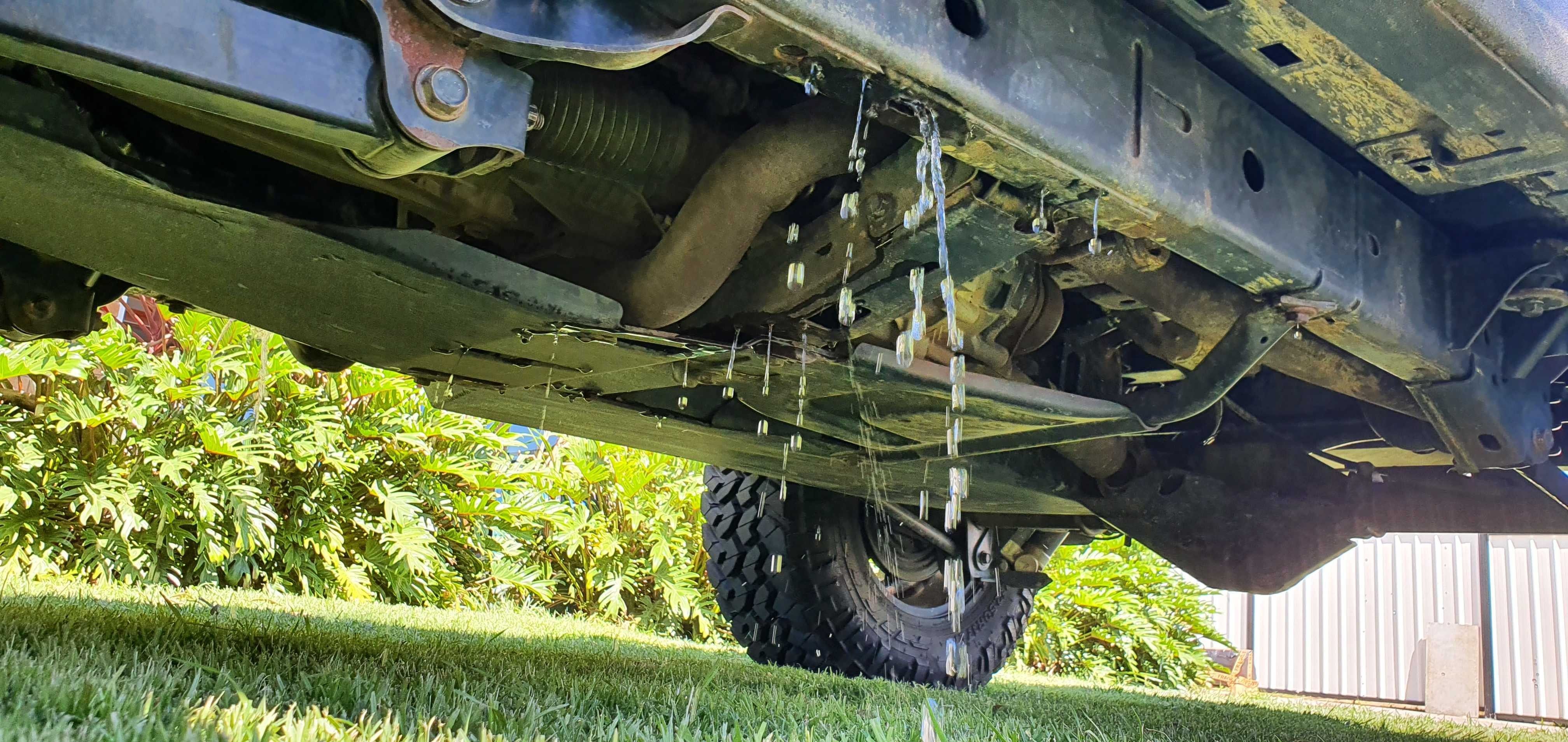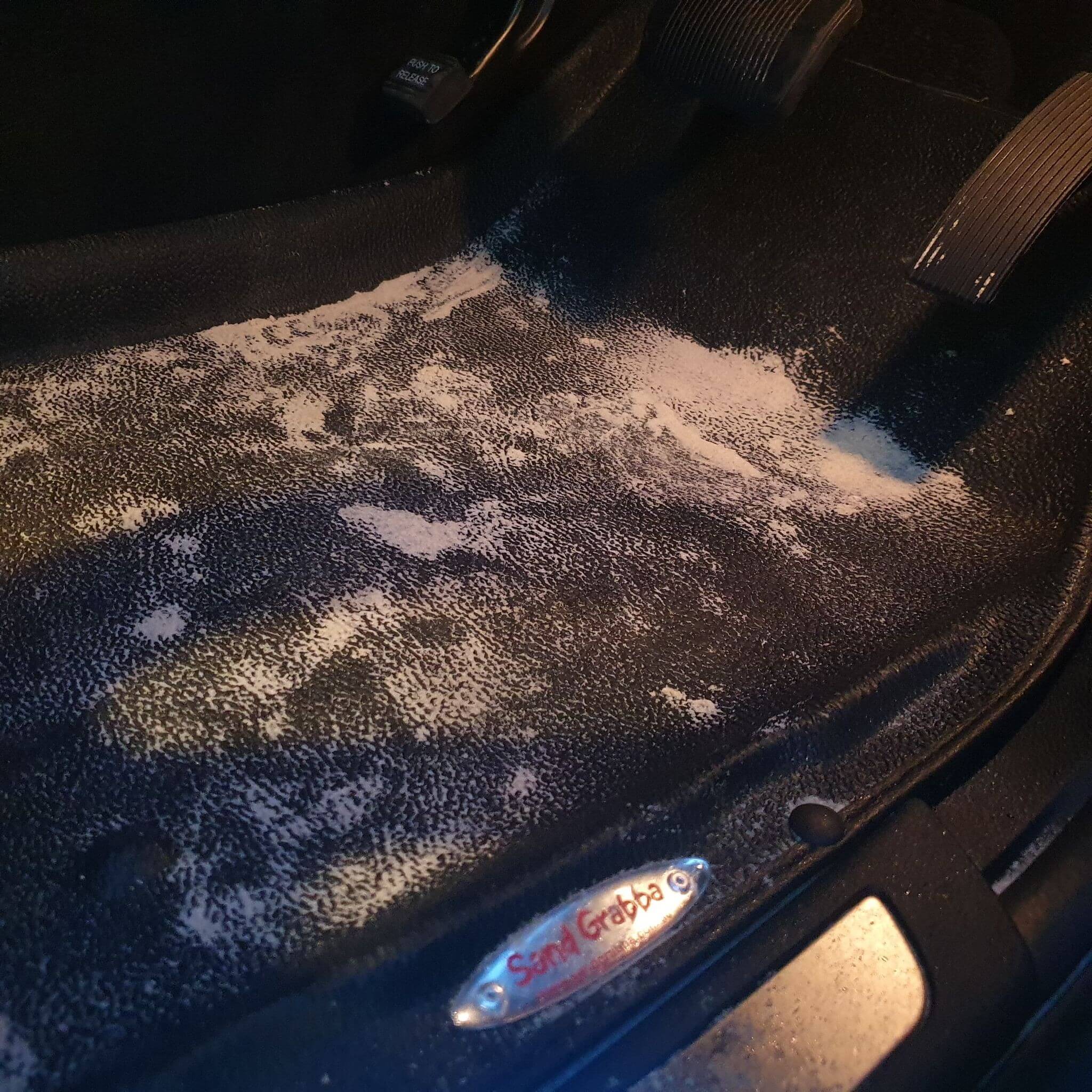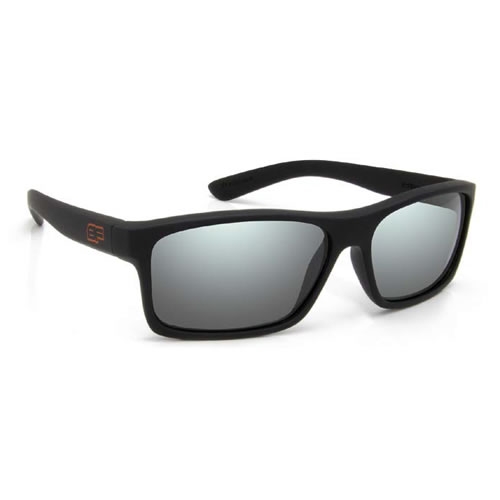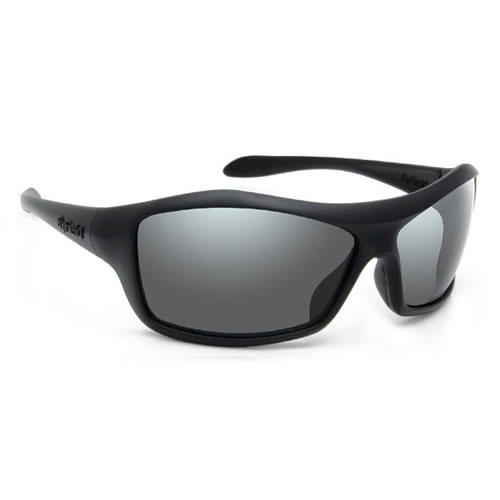Setting Up Wet - Camping In The Rain
We all know how it feels. You’ve sorted out some time off work, the wagon’s all packed and fuelled up, you’ve filled the cooler with VB and you’re sitting in the kitchen pulling on your Blundstones. Then a big fat raindrop hits the window and you suddenly realise it’s looking pretty dark outside.
When you’ve got a trip planned and the weather turns nasty at the last moment you can always just unload your gear and go to the pub instead, but there’s no need for that. If you know what you’re doing you can still enjoy yourself in the bush even if it is tipping down. Your vehicle should keep the water out after all, and it’s not hard to set up a camp in the wet. In return you’ll get to see a different side of the country – there can be some pretty spectacular views when it’s wet. Even simply sitting under the awning with a mug (or bottle) in your hand, watching the rain come down, can be a strangely satisfying experience.
Anyway, so you’ve ignored the rain and set off anyway. What do you need to know about pitching camp in wet weather? The biggest thing is choosing a good site. Look for one that’s well clear of roads or tracks for a start; the last thing you want is to get splattered with mud every time someone goes past. Well really the last thing you want is for a branch to blow down on top of your tent, so don’t pick a spot under trees either. As well as the hazard from falling stuff you’ll get drips coming down for hours after the rain stops, so choose somewhere more open. Stay clear of low spots or nice flat bits beside streams and rivers; that’s asking to get flooded out or even washed away.
Once you’ve found a spot you need to get your tent up without getting it any wetter than you need to. What you want is something to keep the rain off while you pitch it. Setting up a tarp can be a big help – tie it between your roof bars and a couple of nearby (but not too near!) trees, then work underneath. If you have a big awning you can use that too, then just take it down and shift the vehicle once the tent’s done. If the rain’s really heavy you can even leave the tent under shelter – it makes it a lot easier to sleep if you don’t have rain hammering on the fabric a foot from your head.
While you’re getting the tarps out, lay one down where you plan to pitch the tent. It’ll keep mud off the tent itself and give an extra layer of waterproofing. Once the tent’s set up fold the edges of the tarp back under the groundsheet. That way water won’t collect in it and leave the tarp sitting in a puddle. Doing this will also save you from digging a trench round the tent. That’s not too popular these days anyway, because it makes a mess of campsites.
Once your tent is ready to go a few simple tricks will keep the inside nice and dry. Don’t lean anything against the walls; that can let water in. Keep the guy lines pegged out tightly to prevent the fabric sagging and collecting water. Leave wet clothes and gear in the entry space; don’t bring them in to the sleeping compartment. Open the flaps to allow ventilation whenever you can; condensation can build up really quickly.
We all prefer good weather when we hit the outdoors, but rain doesn’t have to stop you enjoying yourself. Just take a bit of care in choosing a campsite and get your tent set up properly, and you’ll be fine.

